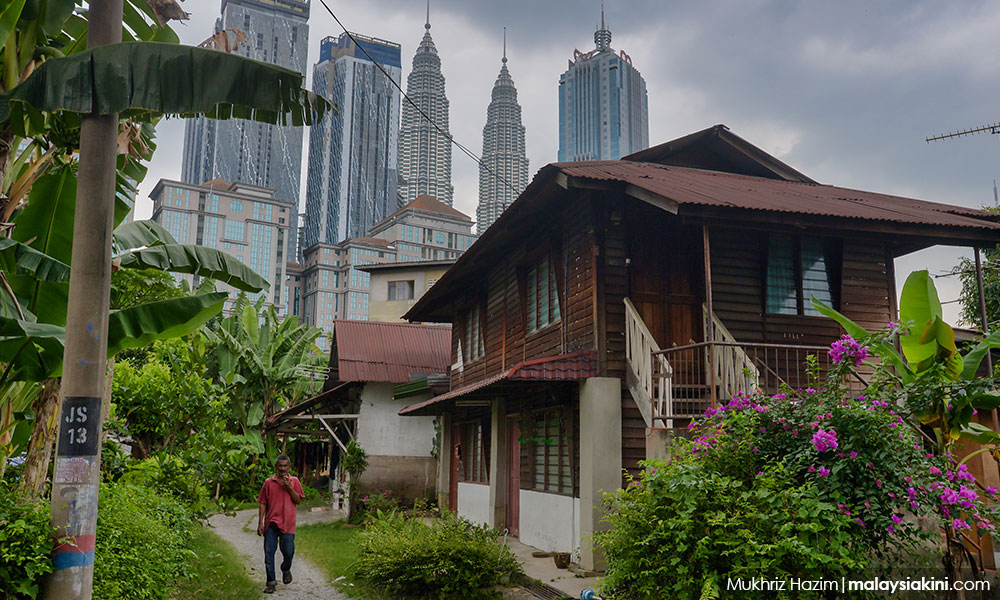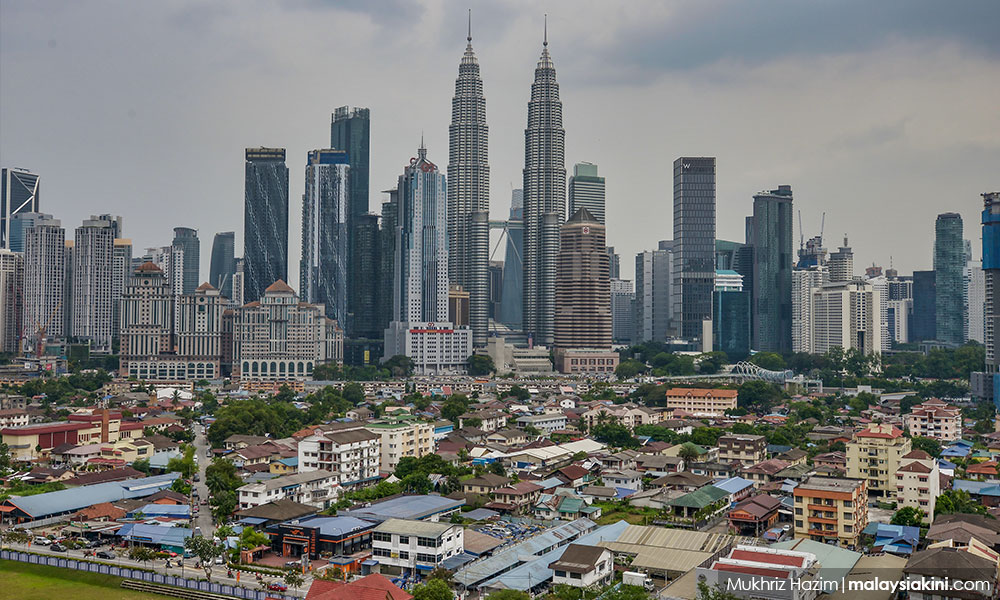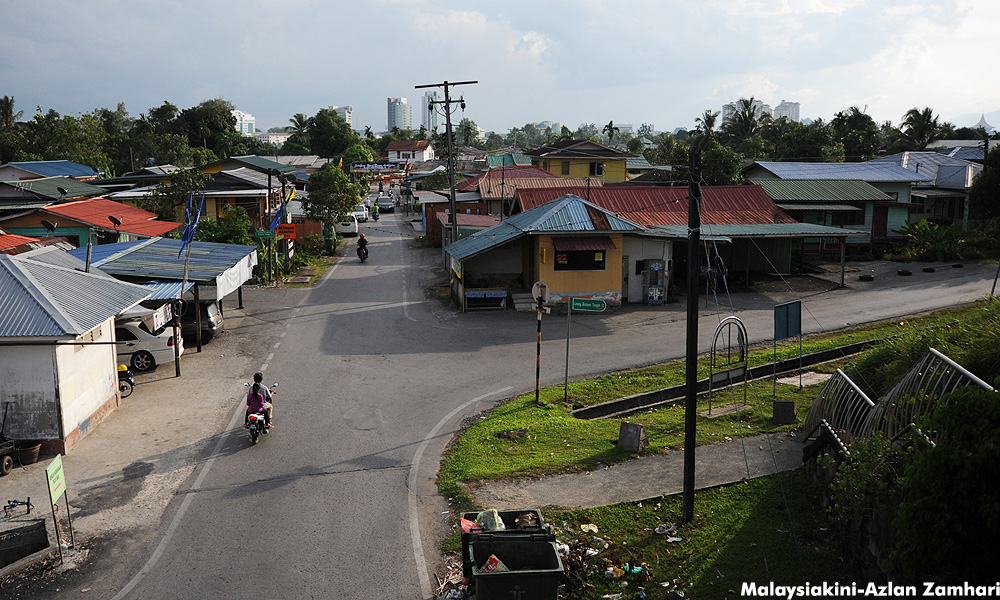COMMENT | The extensive and rapid climate changes observed worldwide have inevitably taken their toll on the natural surrounding, with the added damage caused by human activities.
The increasing socio-economic disparity between urban and rural areas due to urbanisation and economic development has pushed the already loose social relationship increasingly closer to disintegration.
In remote villages, the traditional Malay timber architecture is on the brink of extinction since modern building materials such as concrete, bricks and steel have become more popular choices.
The uniqueness of traditional Malay architecture is manifested in its strong character - from the rooftops, slanted wooden panels to the timber stilts.
The scenery is set against a background of long driveways, gardens, fruit trees and livestock, all of which help in giving a Malay house an identity.

But this image has slowly lost its character and has succumbed to the modern-day bricks and mortar in the name of development and progress.
This is exacerbated by the lack of public awareness and education on the importance of preserving traditional Malay houses for future generations and their potential as tourist attraction.
Original character
The traditional Malay houses are originally inherited from the elders and passed on to their children for generations. Thus, maintaining their original character with a small plot of land in the remote villages is crucial for harmonious living among neighbours, relatives and family members.
Since colonial times, the colonial settlers introduced masonry construction to the then Malaya as a replacement for wood.
Since then, woodworking became an unpopular choice, reserved only for the poor who could not afford to build homes made of bricks and mortar.
People living in the villages dreamed of ‘upgrading’ their houses into brick houses. The influence of the colonial building materials has gradually overtaken the traditional timber house and stripped it of its attributes, character and local identity.

It is easy to find local traditional Malay houses or so-called ‘kampung houses’ in most remote villages in Malaysia, especially in Sabah and Sarawak, where the longhouses are built on wooden stilts and of thatched roofs.
The unique design and features of a traditional Malay house allow cooling and humidity control by using low-thermal building materials to reduce heat absorption, especially the heat from direct sunlight.
Furthermore, the raised floor and high ceiling allow cross-ventilation to clear out the hot air resulting in a cooler indoor environment.
Old-fashioned and outdated
In contrast, modern houses made of brick, concrete and cement have a high heat absorption characteristic that may not be suitable for the tropical climate and consequently contributed to high energy costs from the need for air-conditioning for human comfort.
As a result, the use of modern materials has altered the traditional Malay houses quite substantially.
Research had shown that from the 1950s, two-thirds of the homes in the country were environmentally friendly and tradition-based.
But, sadly now, there are only a few thousand such houses left as more people find them to be old-fashioned and outdated in the modern context.

With rising population, housing projects have mushroomed all over Malaysia, leaving the houses compacted together like a jigsaw puzzle by squeezing in the maximum possible number of units into the site.
Besides, the use of modern building materials has adverse effects on the urban climate: with high-density living, there is less space for greeneries and trees to plant.
However, the effort to preserve and restore traditional villages, especially those threatened with re-development plans for urbanisation, must continue as the unique traditional Malay houses contain rich cultural and heritage values that are not available anywhere else.
The modern-day houses could adopt the characters and features of traditional Malay houses into the design element. But more often than not, this approach has failed to appreciate the essence of traditional Malay houses for many reasons.
Lack of extensive knowledge
Due to the lack of extensive knowledge, this approach is applied superficially and simplistically by ruling out the socio-economic and cultural context of the locations and settings.

The representations are only reflected in modern institutional, commercial and public buildings façade instead of incorporating them into new housing units.
Lessons can be drawn from the designs and features of traditional Malay houses made of local timber and lightweight materials and adapted into modern suburban areas that are not high in density to suit the environment.
In a nutshell, the preservation of traditional Malay houses is crucial to prevent their further decline and being replaced by modern building materials such zinc, bricks, cement and concrete that do not define the image of unique traditional Malay houses.
The government, NGOs and multi-disciplined professionals should take the initiative to educate local people on the importance of traditional Malay houses.
SHEIKH ALI AZZRAN is senior lecturer, Centre of Studies for Construction, Faculty of Architecture, Planning and Surveying, Universiti Teknologi Mara.
The views expressed here are those of the author/contributor and do not necessarily represent the views of Malaysiakini.

